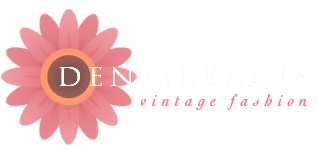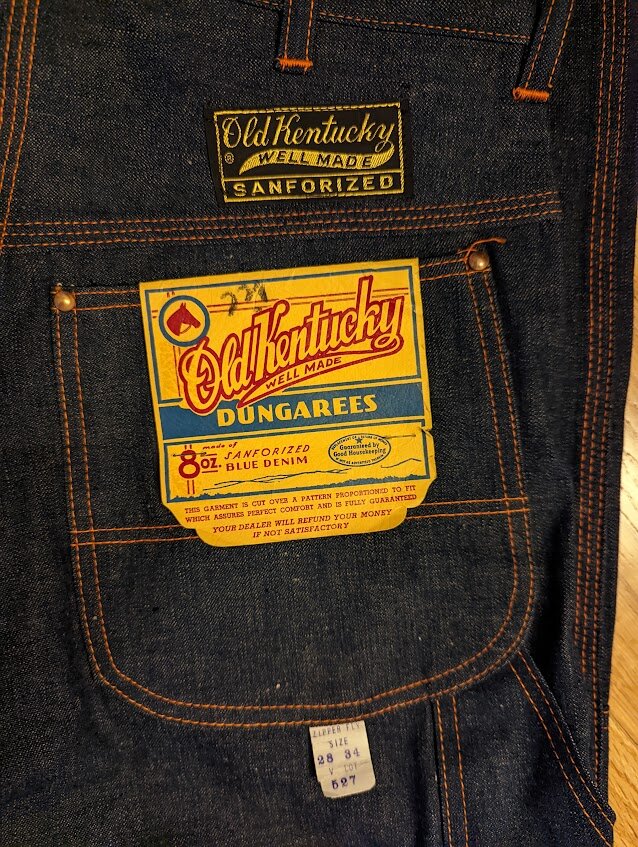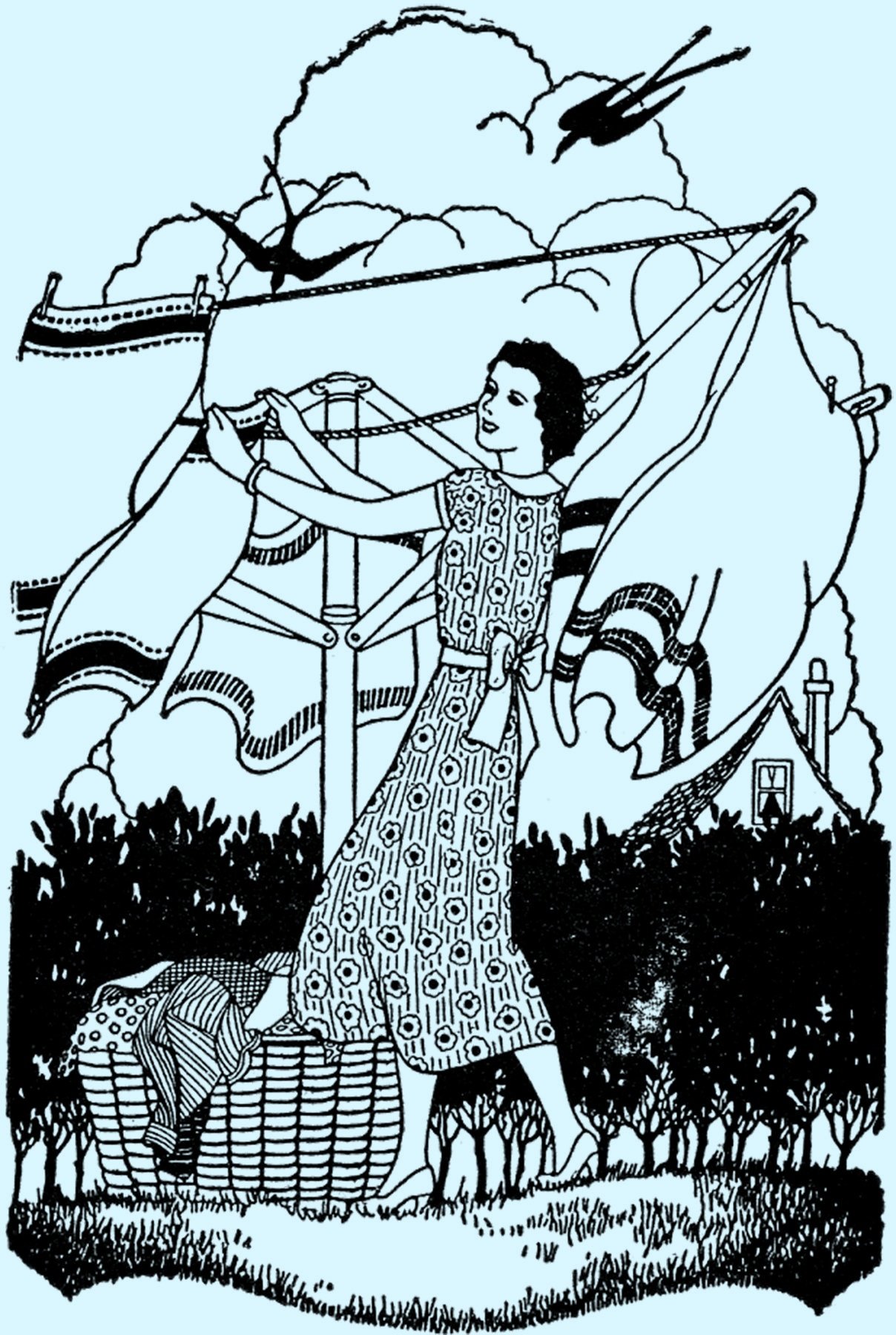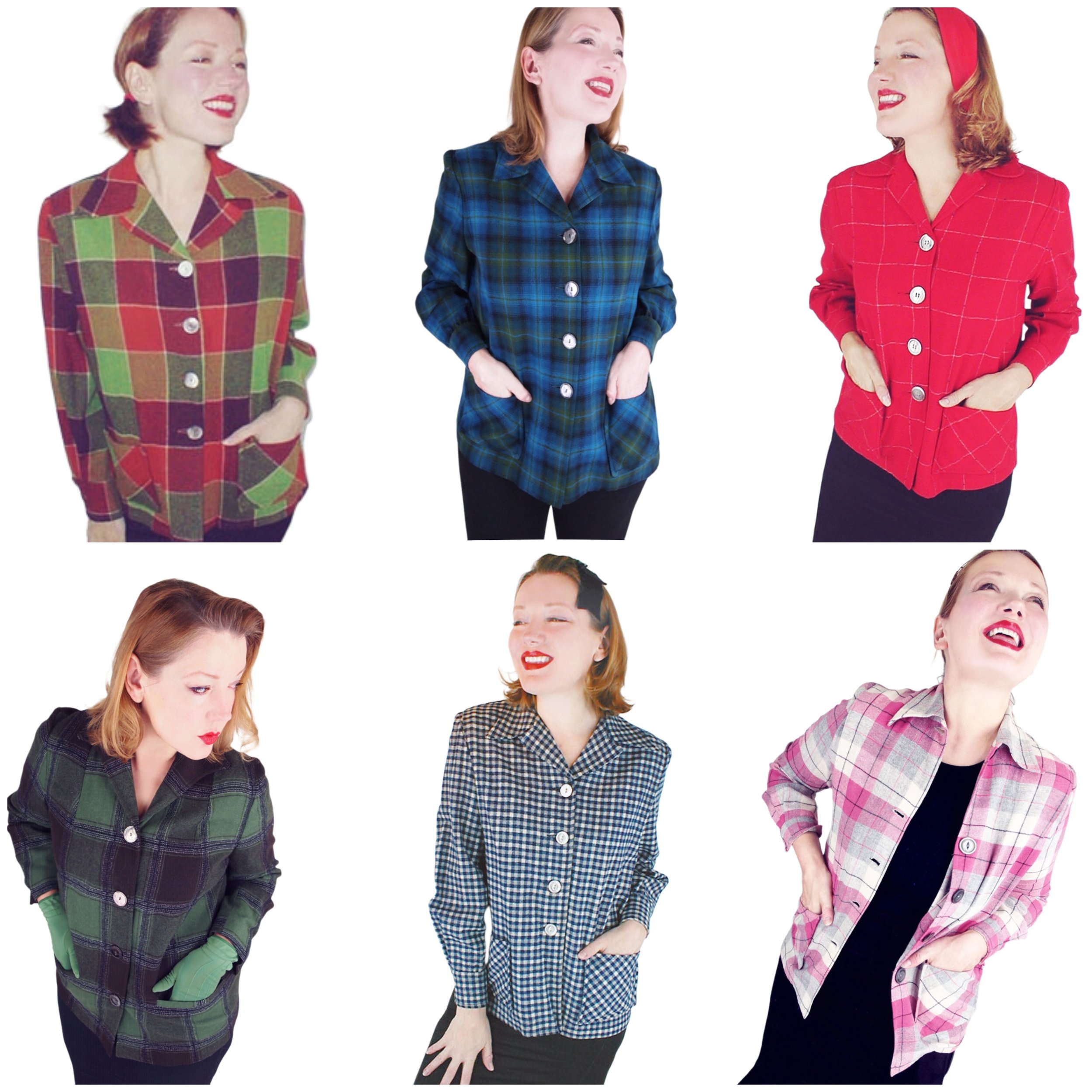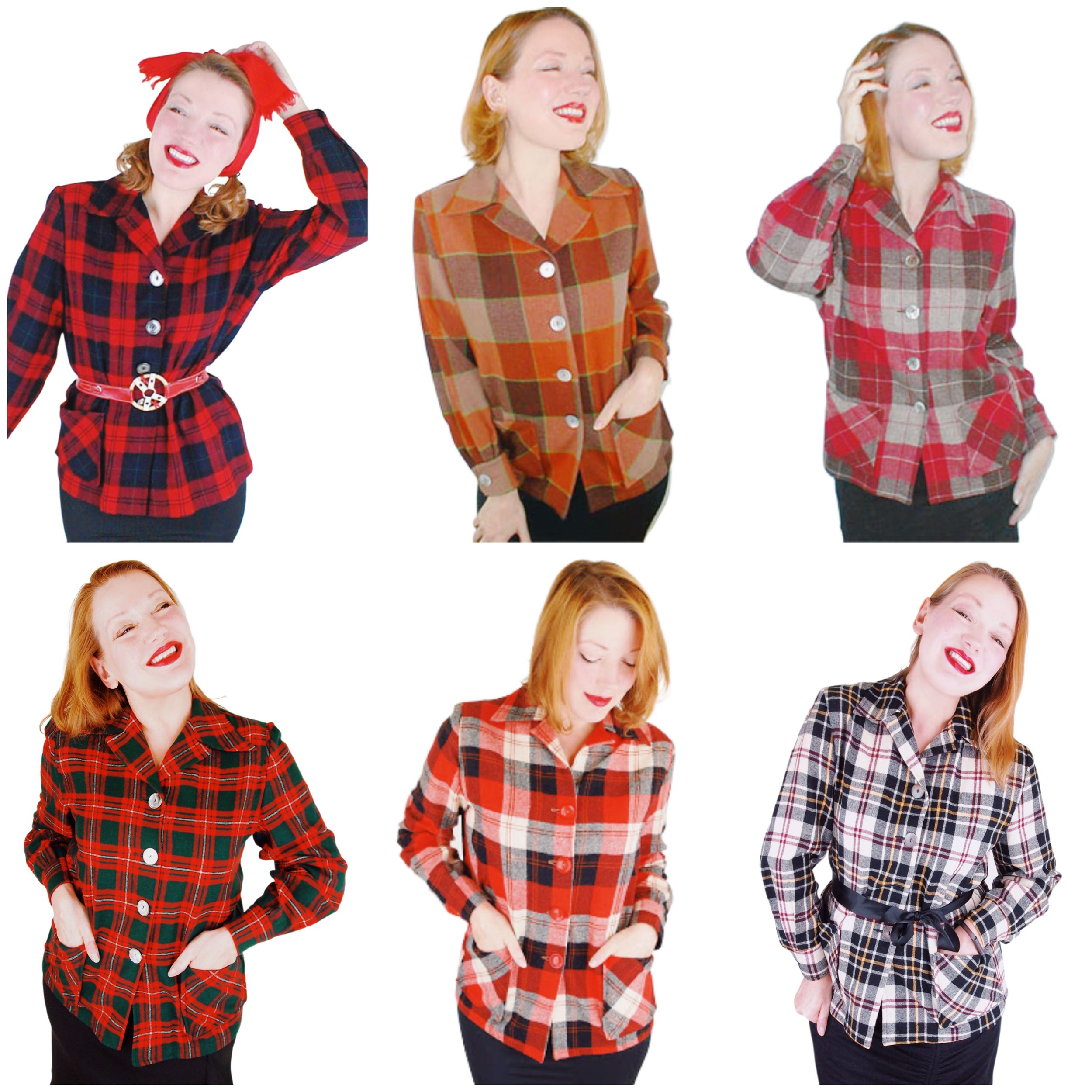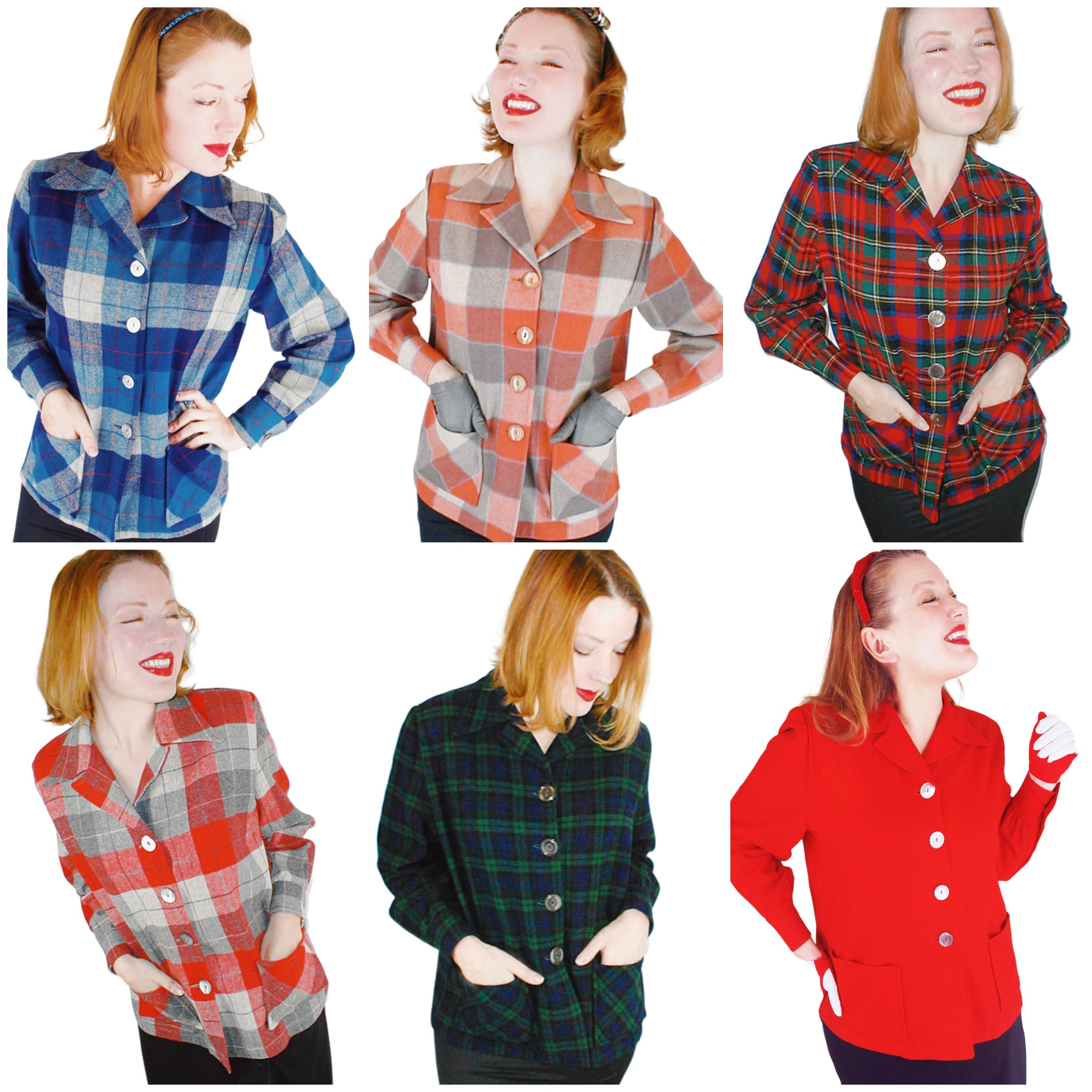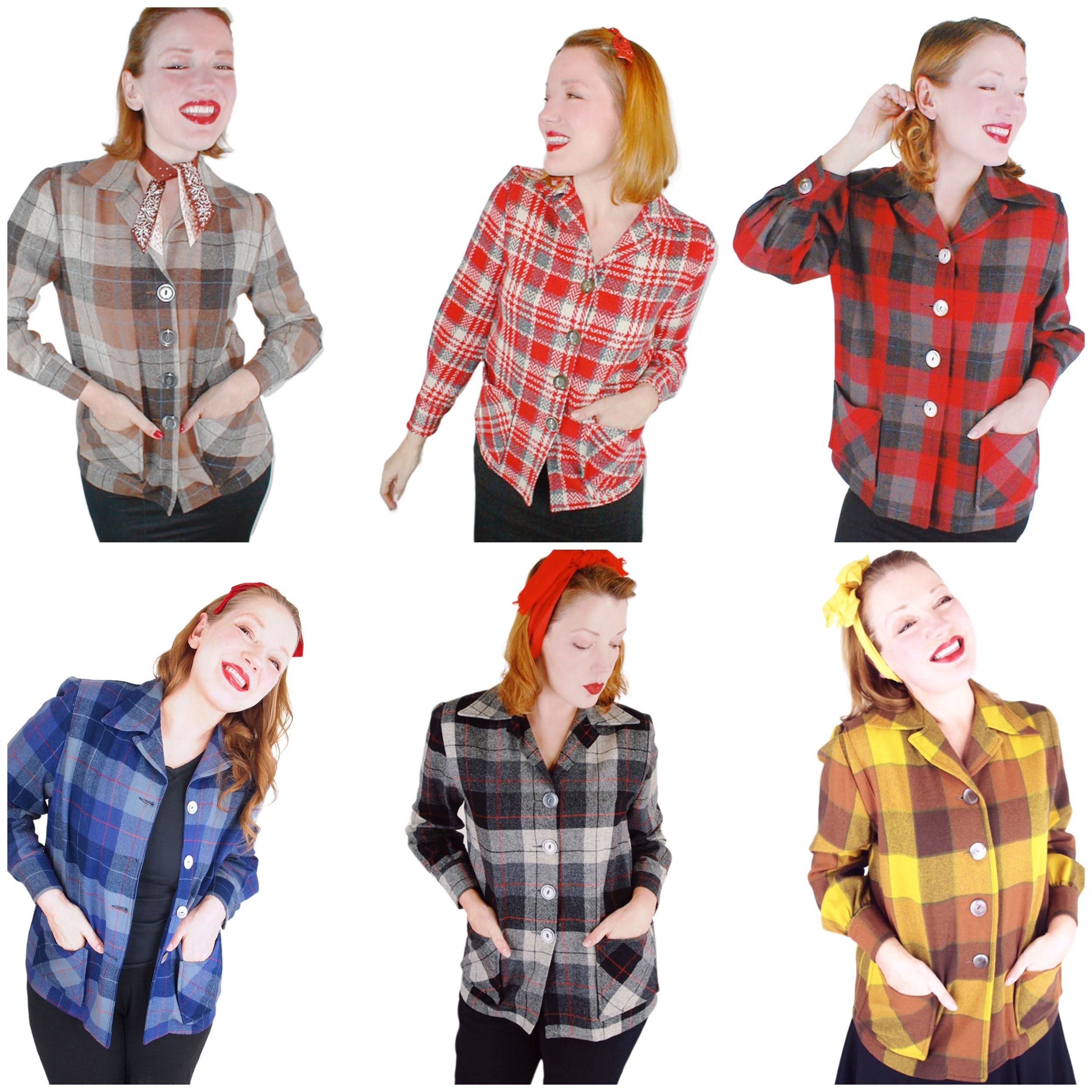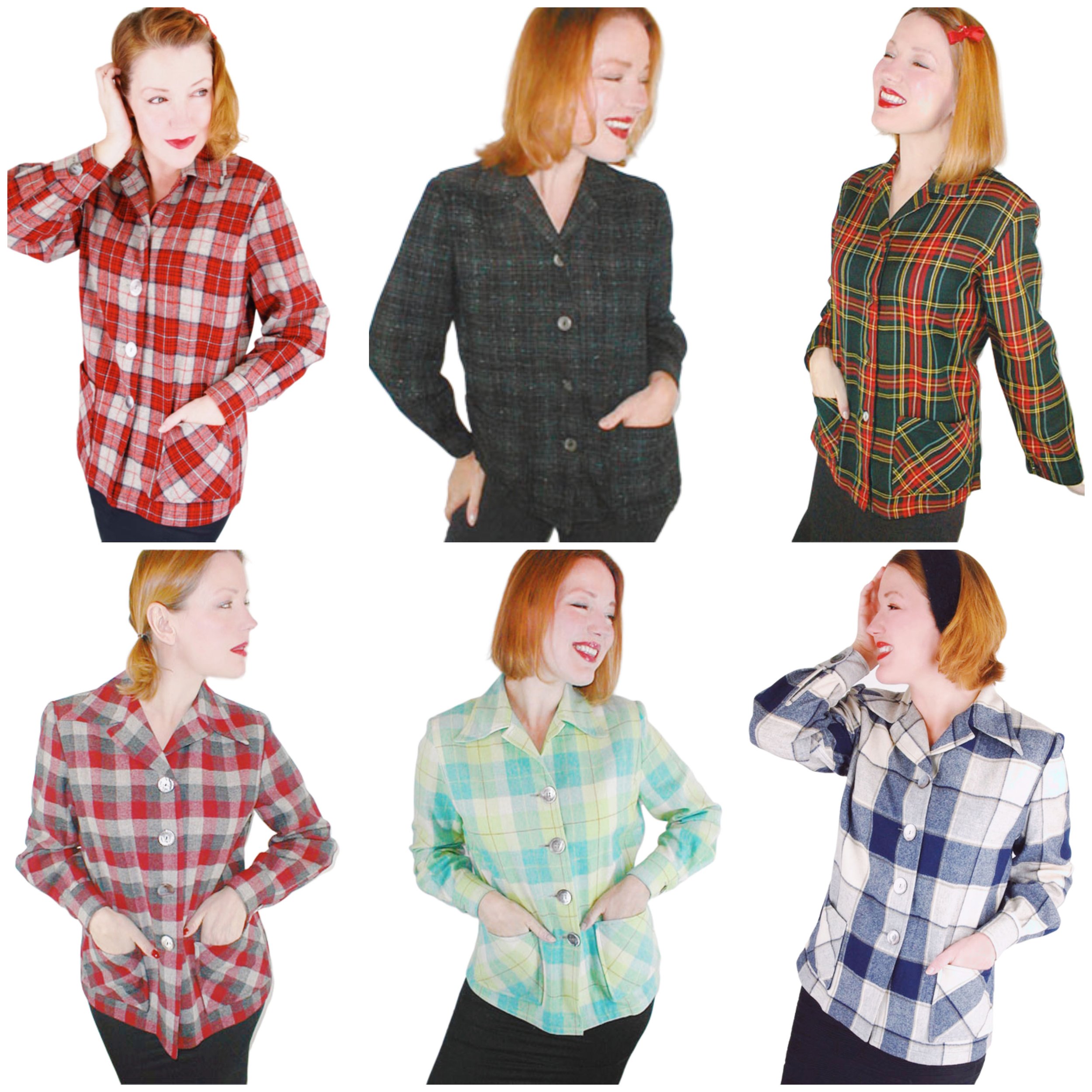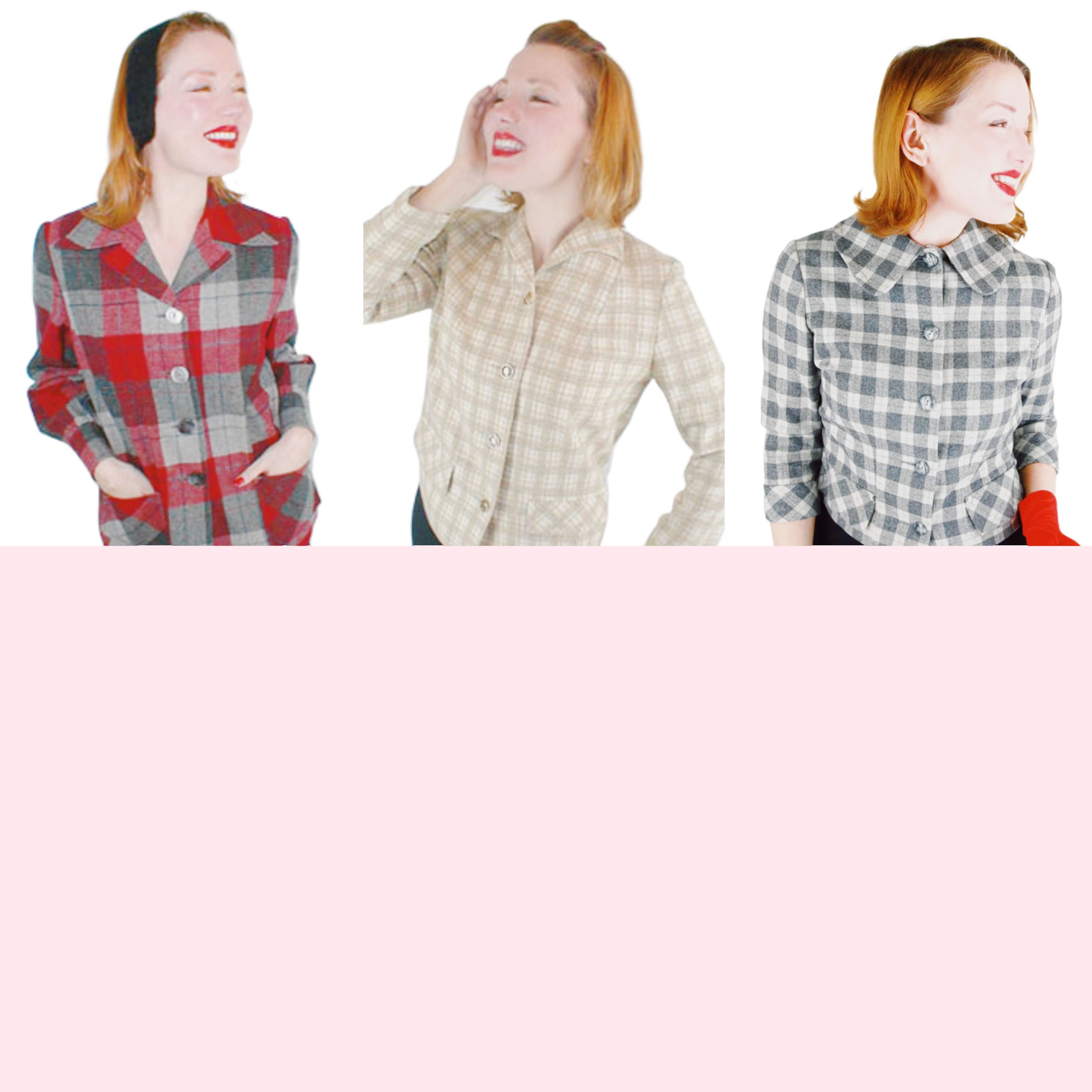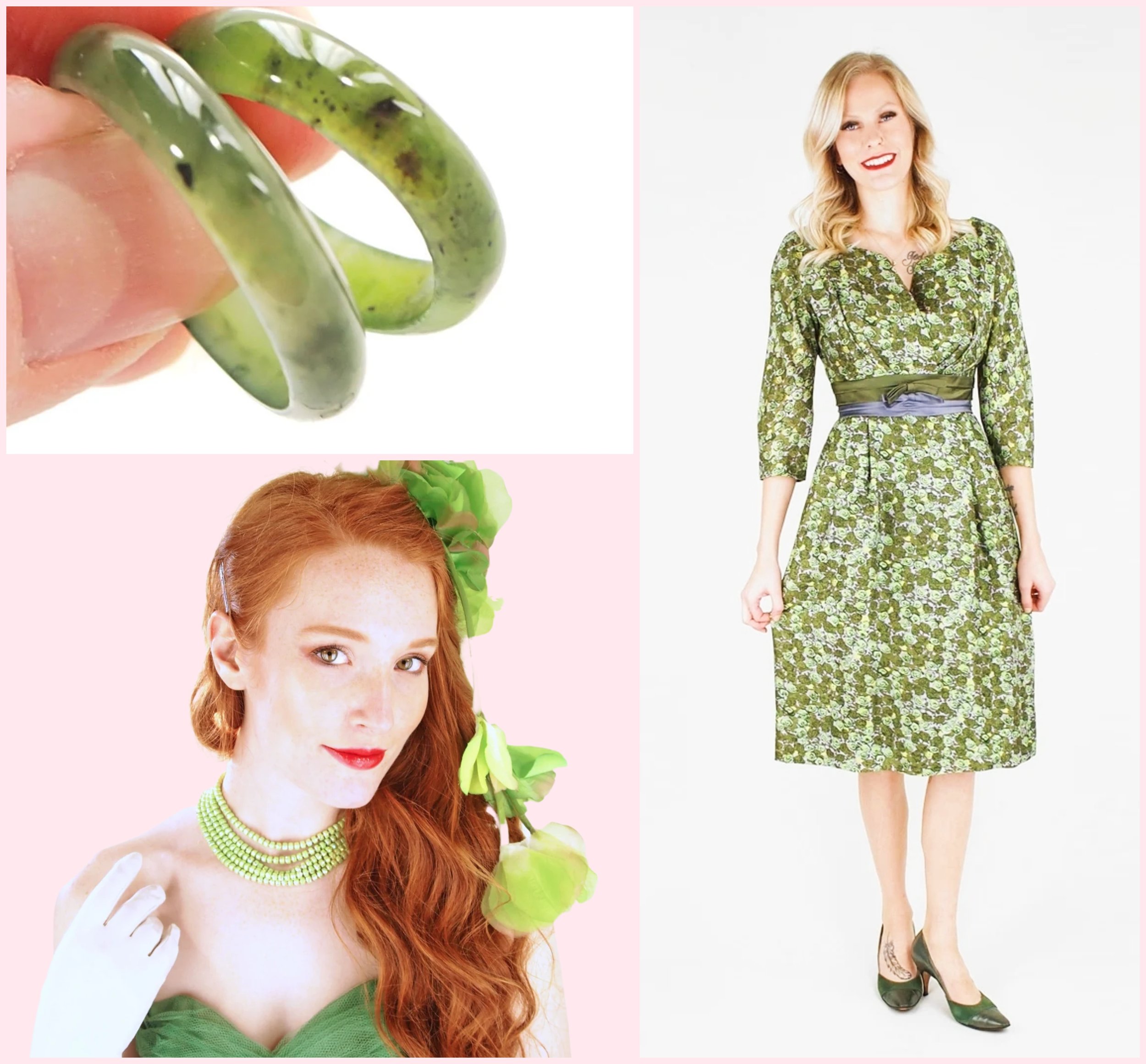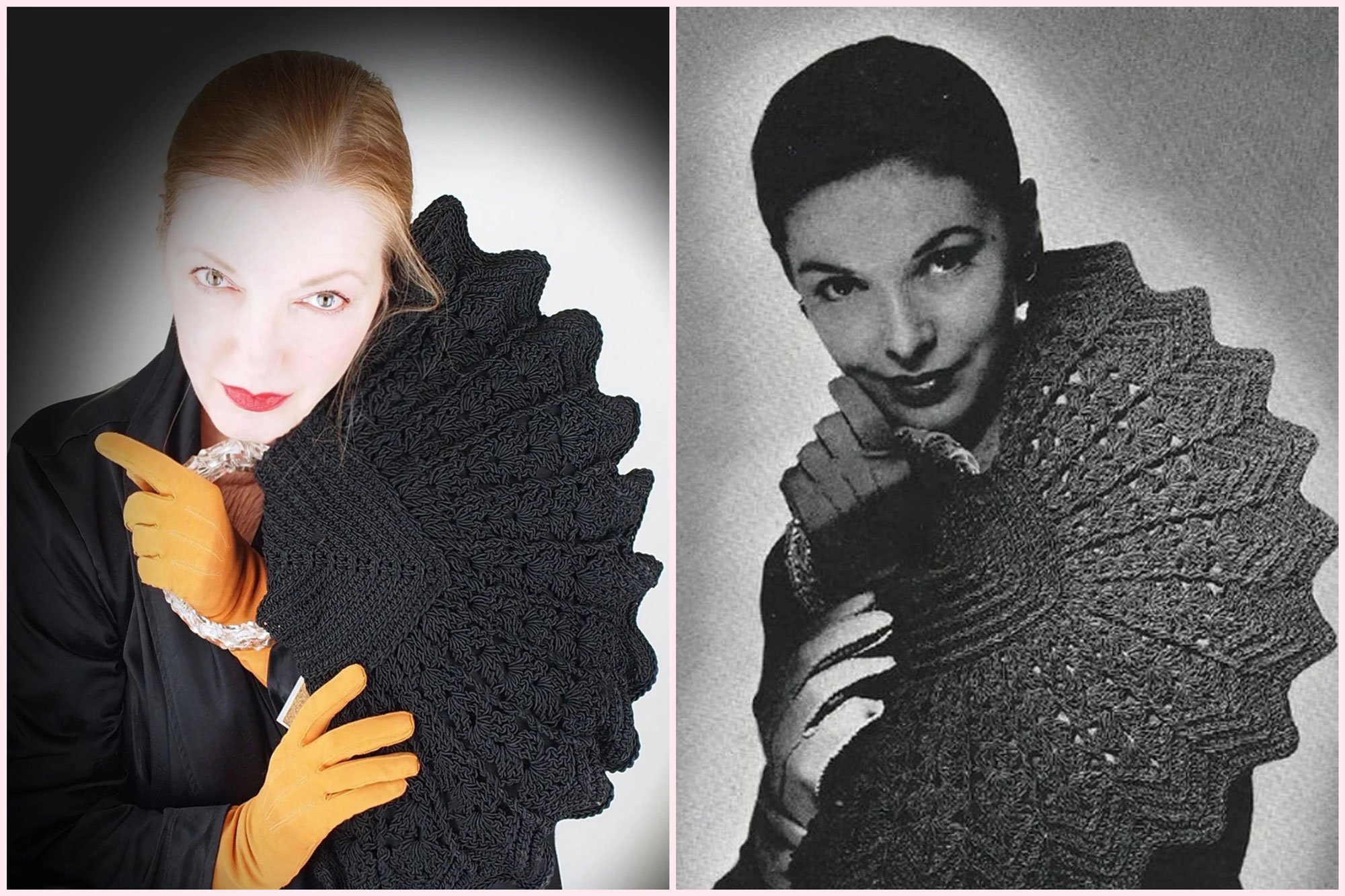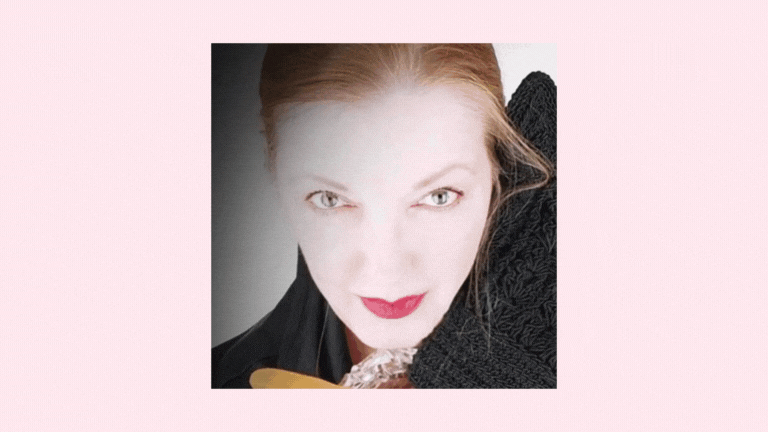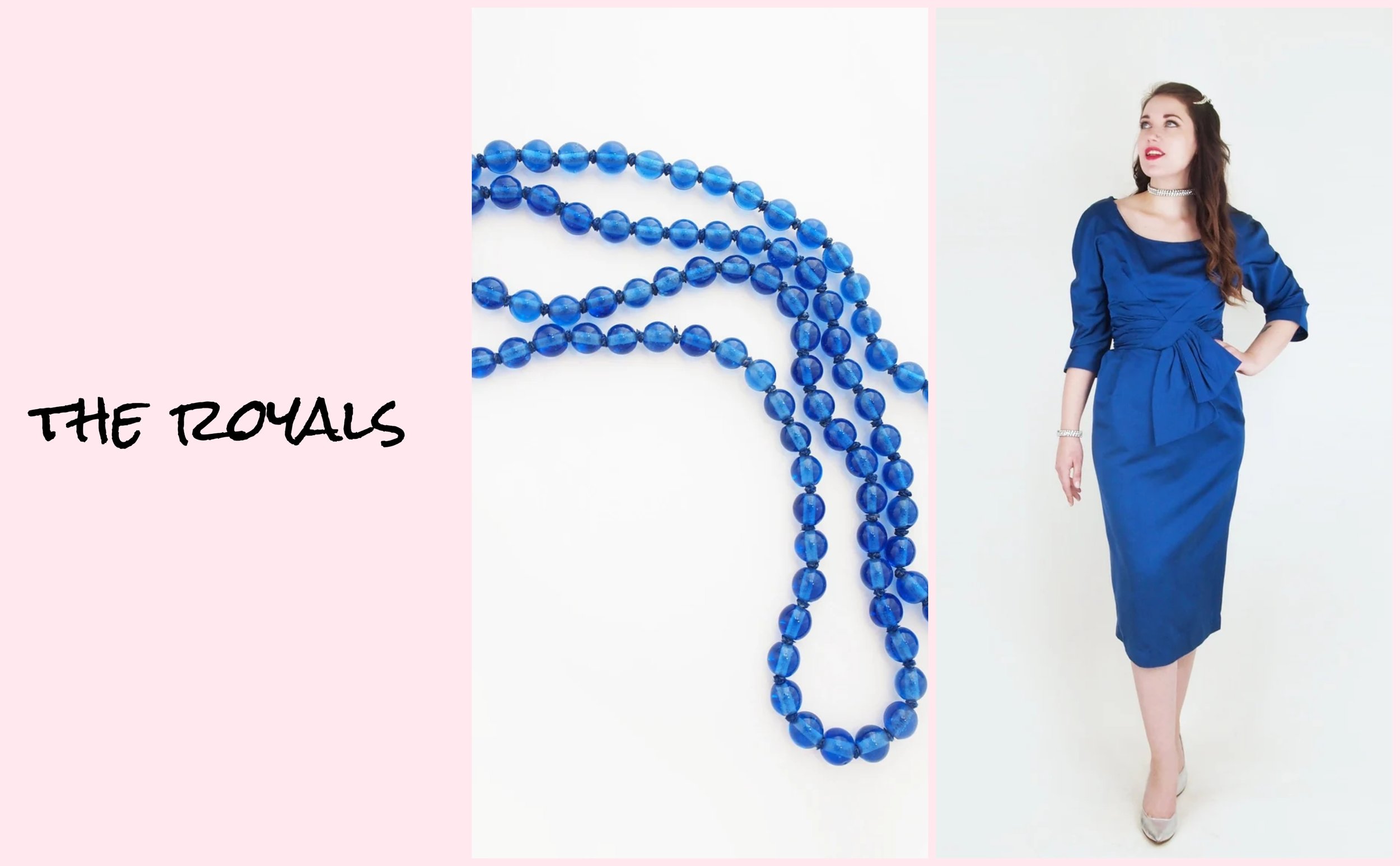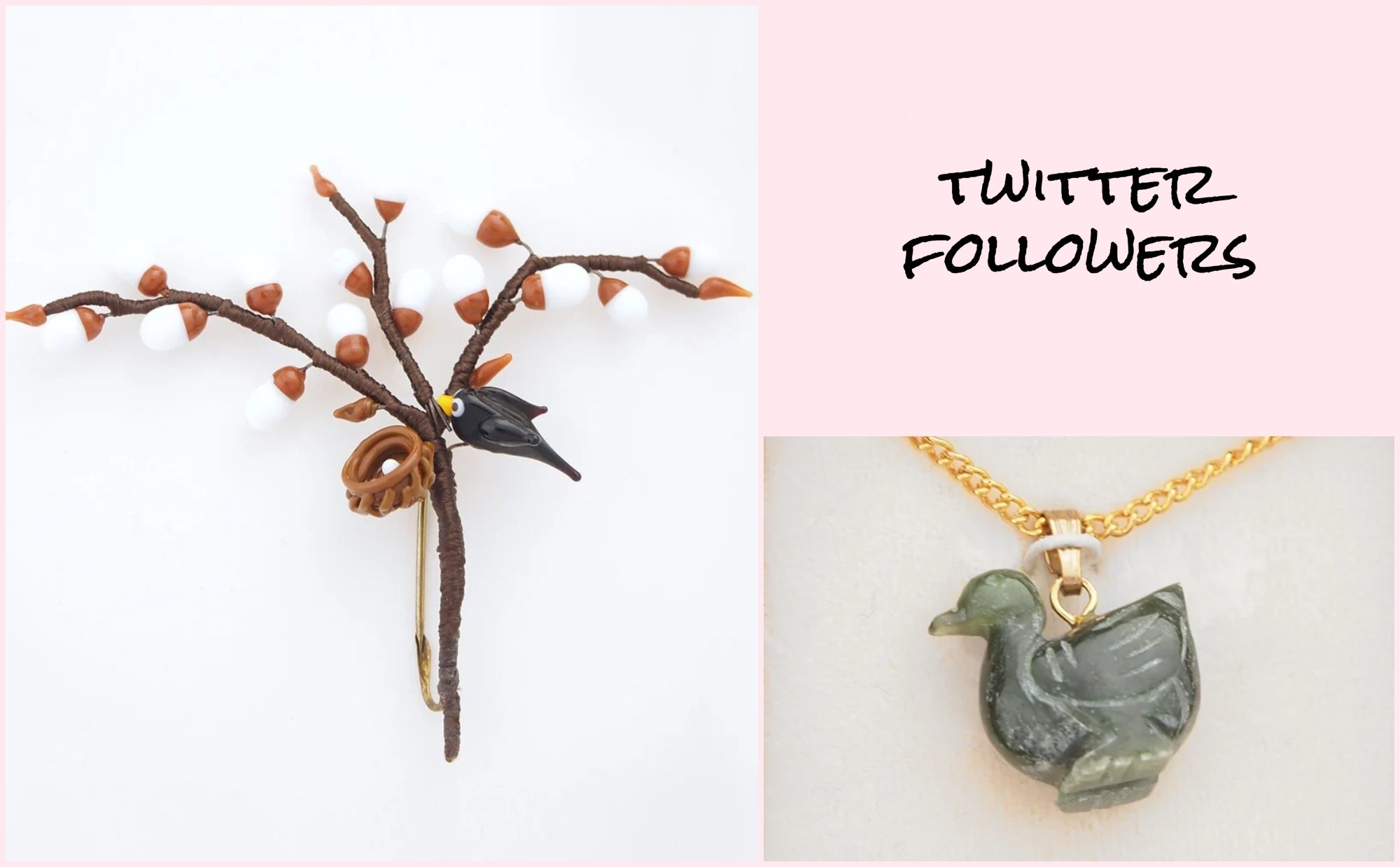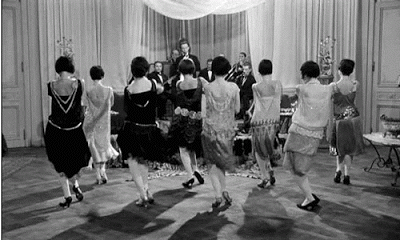It is an extremely good idea to have someone help you with these measurements, at least the ones that would require advanced contortionism to manage on your own. Use a cloth measuring tape and keep it straight and snug but not tight as you measure. Stand tall and relaxed and don’t suck in, especially for the bust and waist measures.
Bust: With your bra on, measure around your body at the fullest part of your bust.
Under-bust measure: Measure around your body just under your bust.
Waist: Measure around the smallest part of your waist, just above your belly button.
Hips: With heels together, measure around the fullest part of your hips, about 8′′ (20.3 cm) down from your waist.
Shoulder width: Imagine lines going straight up from your armpits to your shoulders in back. Measure from this point on one shoulder to the other, across the back.
Outer sleeve length: Measure from the tip of your shoulder to your wrist along the outside of your arm.
Upper arm: Measure around the fullest part of your upper arm.
Neck: Wrap the tape around your neck about 1′′ (2.5 cm) above the point where your shoulder meets your neck.
Back waist length: Measure from the base of your neck to your waist in back.
Inseam: While standing straight, measure from the groin to the place where you would like the hem of the pants to fall (ankle or floor).
Outer leg length: Measure from the waist to the point where the hem of the pants will fall.
Rise (front and back): Measure from the groin to your waist at center front for the front rise, and at center back for the back rise.
Allow me to digress a moment here. You can be any size and look great; you just have to be honest about the size you really are. For instance, when you measure your waist, don’t suck in or you’ll have to live with permanent duck face while wearing too-tight clothes. If you lose that weight you’ve been meaning to lose or whittle your waist with exercise, you can find a new vintage frock or alter what you have. But now is now—and you deserve to look and feel great right now! There are vintage foundation garments that will help you modify your size somewhat, but for starters, let’s stick with the basics.
Now, what vintage garment are you going to look for first? My suggestion is a sweater because 1) a sweater’s fit is flexible—you are practically guaranteed success—and 2) vintage sweaters are the best!
*Clifford, Stephanie. “One Size Fits Nobody: Seeking a Steady 4 or a 10.” New York Times, April 24, 2011.
